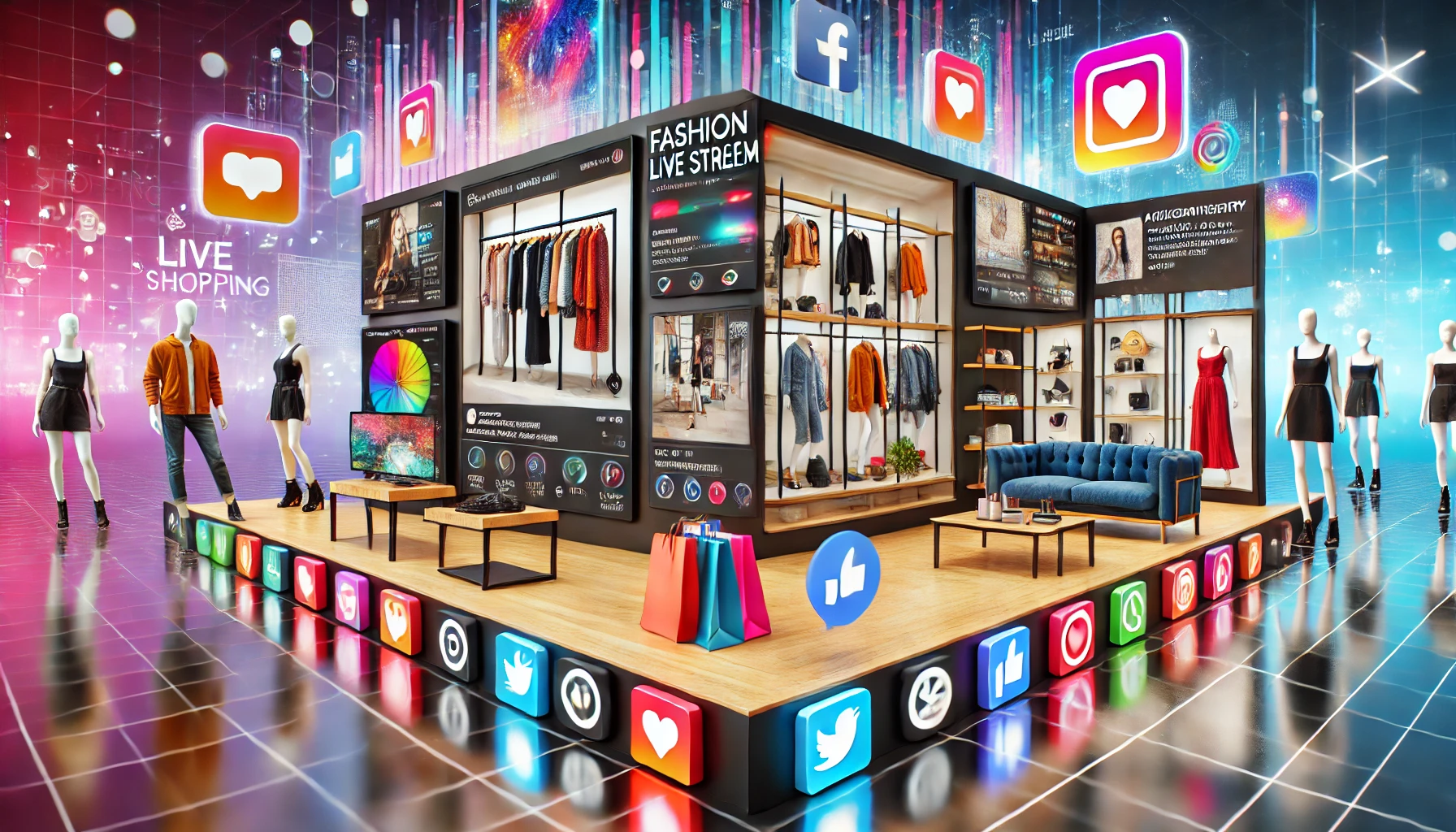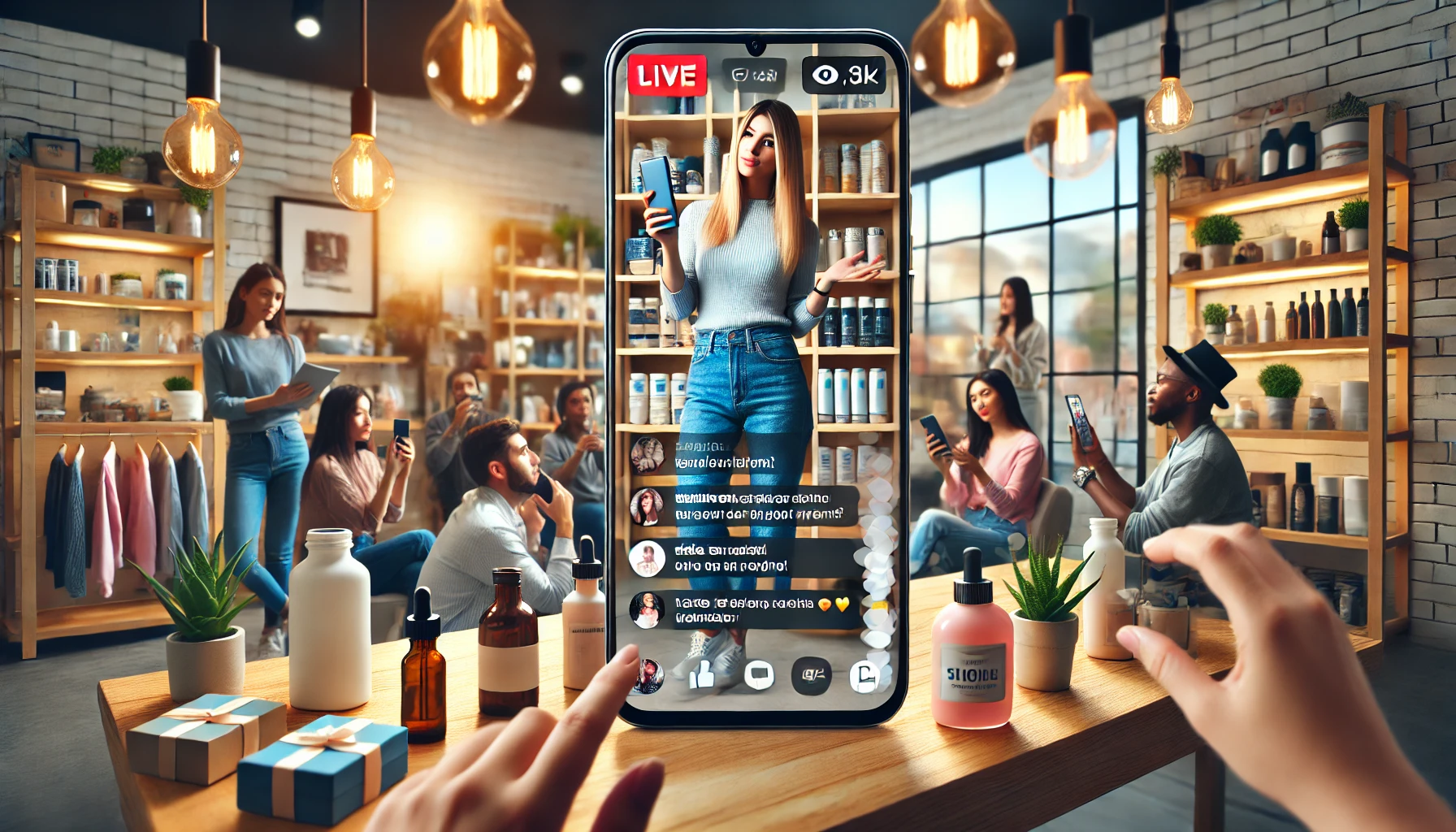In the dynamic world of retail, the way consumers shop is rapidly evolving. Traditional websites, once the primary digital storefronts for retailers, are now being transformed into rich, multimedia shopping experiences that captivate and engage customers like never before. This shift towards multimedia storefronts is not just a trend but a revolutionary approach to retail that promises to enhance the shopping experience, build brand loyalty, and drive higher engagement and sales.
What Are Multimedia Storefronts?
Imagine stepping into a virtual store where every interaction is tailored to be engaging and immersive. Multimedia storefronts leverage the power of various digital platforms to create a seamless shopping journey that feels more like an interactive experience than a simple transaction. These storefronts utilize social media, streaming platforms, and interactive content to connect with consumers in innovative ways.
Engaging Through Social Media
Social media platforms have become integral to our daily lives, and retailers are tapping into this by creating interactive and engaging content. Rather than posting static images of products, brands are now utilizing live streams, stories, and interactive posts to showcase their offerings. For example, a fashion brand might host a live stream to present a new collection, allowing viewers to ask questions and make purchases in real-time. This approach not only boosts customer engagement but also fosters a sense of community around the brand.
Example: Fashion Nova’s Instagram Lives
Fashion Nova, a leading fashion retailer, frequently uses Instagram Live to debut new collections. During these live sessions, viewers can see models wearing the latest styles, ask questions about fit and fabric, and even purchase items directly from the live stream. This real-time interaction creates a buzz and sense of urgency, driving immediate sales and fostering a loyal community of followers.
Streaming Platforms: The New Shopping Channels
Streaming platforms like YouTube, Twitch, and even Netflix are emerging as powerful tools for retailers. These platforms, traditionally used for entertainment, are now channels for compelling video content that seamlessly integrates product placements and shopping opportunities. Imagine watching a cooking show on YouTube where the chef uses a specific brand of cookware, with direct links for viewers to purchase the items featured. This blend of entertainment and commerce creates a seamless shopping experience that is both enjoyable and convenient.
Example: Tasty’s YouTube Channel
Tasty, BuzzFeed’s popular cooking channel, has mastered the art of combining entertainment with commerce. Each recipe video not only showcases delicious dishes but also features links to purchase the cookware and ingredients used. This approach allows viewers to easily buy what they see, blending the enjoyment of watching cooking videos with the convenience of shopping.
Interactive Content: A Hands-On Experience
Interactive content is at the heart of multimedia storefronts, offering customers a hands-on experience that brings products to life. From virtual try-ons and 360-degree product views to gamified shopping experiences, interactive content allows consumers to engage with products in a meaningful way. Augmented reality (AR) can enable customers to see how a piece of furniture would look in their home or how a pair of sunglasses would fit their face, reducing the uncertainty often associated with online shopping.
Example: IKEA’s AR App
IKEA’s augmented reality app, IKEA Place, allows users to virtually place furniture in their homes. By using their smartphone camera, customers can see how different pieces would look and fit in their space, making the shopping experience more interactive and reducing the risk of buyer’s remorse.
Building Brand Loyalty
The primary objective of multimedia storefronts is to build lasting relationships with customers. By providing rich, engaging, and personalized shopping experiences, retailers can cultivate a deeper connection with their audience. Interactive and multimedia content encourages customers to spend more time with the brand, increasing the likelihood of repeat purchases and fostering loyalty. This innovative approach can set a brand apart from its competitors, creating a unique value proposition that keeps customers coming back.
Driving Higher Engagement and Sales
The move towards multimedia storefronts is a strategic initiative aimed at driving higher engagement and sales. Interactive and multimedia content tends to attract more attention and keep customers engaged for longer periods. This increased engagement often translates to higher conversion rates and increased sales. Additionally, by meeting customers where they are—on social media, streaming platforms, and through interactive content—retailers can tap into new markets and expand their reach.
Benefits of Multimedia Storefronts
- Enhanced Customer Experience: Multimedia content makes shopping more enjoyable and engaging.
- Increased Engagement: Interactive elements keep customers on the site longer, boosting engagement.
- Higher Conversion Rates: Engaged customers are more likely to make purchases.
- Expanded Reach: Utilizing various platforms allows retailers to reach a broader audience.
- Stronger Brand Loyalty: Personalized and interactive experiences foster deeper customer connections.
The transition from traditional websites to multimedia storefronts represents a significant evolution in the retail landscape. By embracing social media, streaming platforms, and interactive content, retailers can create rich, immersive shopping experiences that engage consumers on a deeper level. This innovative approach not only enhances the shopping experience but also drives higher engagement and sales, building lasting brand loyalty in the process. As technology continues to advance, the possibilities for multimedia storefronts are endless, promising an exciting future for both retailers and consumers.
In this new era of retail, the lines between shopping, entertainment, and engagement are blurring. Multimedia storefronts are not just the future of shopping—they are the present, reshaping the way we think about and experience retail.




